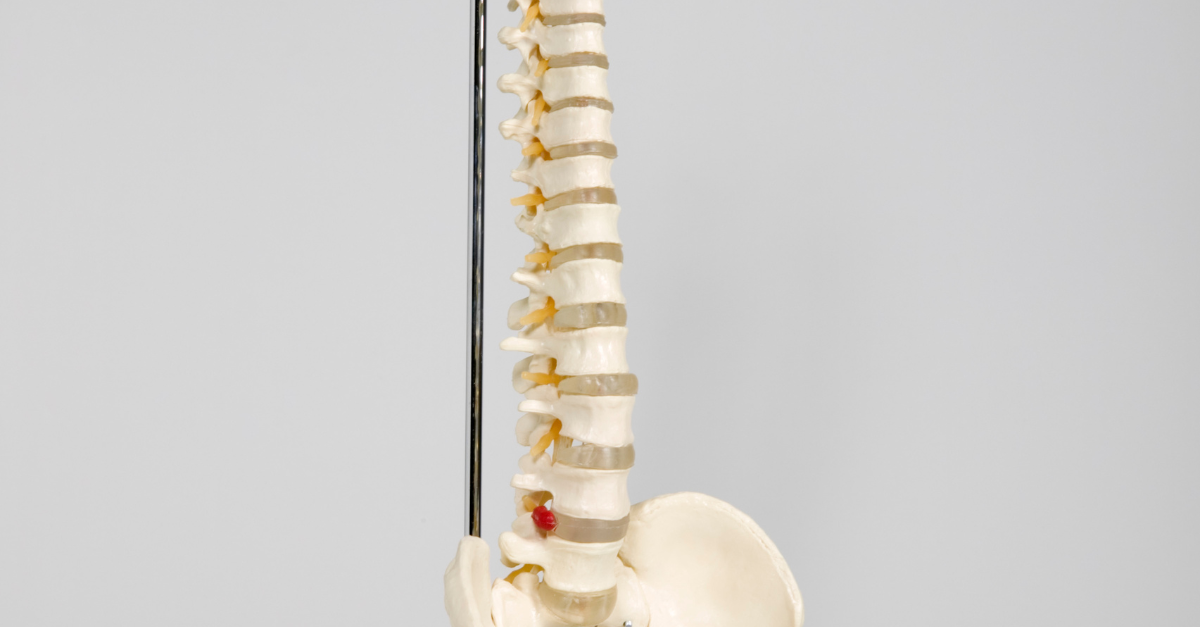Back and spine pain can quietly reshape daily life—what gets done, which activities are avoided, and how much energy remains after simply getting through the day. For many, the cycle runs through medications, rounds of physical therapy, and sometimes surgery—yet recurring pain persists. Regenerative medicine offers a different path: instead of masking symptoms, help the body repair what hurts. With structured programs, targeted cellular therapies can calm inflammation, support tissue repair, and guide a return to stable function.
Understanding why pain persists
Spine-related pain usually isn’t the result of a single problem. Discs may dehydrate or herniate, facet joints can inflame and degenerate, ligaments and paraspinal muscles compensate for poor mechanics, and nerve roots get irritated by narrowing spaces. Over time, this becomes a loop: pain reduces movement; limited movement weakens supporting tissues; weaker tissues invite more strain and pain. To break that loop, treatment must address both symptoms and structure—and ideally do so without the collateral strain of invasive surgery when avoidable. For many, the first step is gaining a precise picture of their back and spine pain.
The regenerative difference
Cellular therapy aims to improve the local environment of pain and dysfunction. Rather than simply blocking pain signals, the objective is to resolve drivers of inflammation and support tissues that need help to repair. At the core are mesenchymal stem cells, which act like coordinators of healing—moderating immune responses, reducing inflammatory cytokines, and releasing trophic factors that encourage repair in cartilage, ligaments, and even disc tissue. This is why targeted cellular approaches are being used to change the trajectory of chronic spinal conditions rather than just manage the status quo.
Targeting spine problems with precision
Different spinal issues call for different delivery methods. Some protocols use targeted injections—into a degenerative disc, around inflamed facet joints, or near irritated soft tissues—paired with systemic delivery to quiet widespread inflammation. The best outcomes come from aligning delivery with specific pain generators and functional goals. In practice, this means protocols built around back and spine stem cells and, for medical travelers, the structured options available within back and spine stem cells panama.
Why the care environment matters
Healing doesn’t happen in a vacuum. The journey—evaluation, scheduling, logistics, aftercare—should be as stress-free as possible. That’s a core reason many consider the ecosystem of panama stem cells: clear schedules, attentive coordination, and high standards reduce friction and preserve energy for recovery. When the process is organized, adherence improves and outcomes become more predictable.
A program beats a procedure
High-quality clinics design full programs rather than one-off procedures. They begin with candidacy review and clear goal setting, then tailor dose, delivery route, and cadence to the individual. Crucially, rehabilitation, sleep quality, nutrition, and stress regulation are planned from day one—because cellular signals need consistent inputs to translate into durable function. For travelers, this comprehensive design is why many choose stem cell treatments in Panama.
Costs, value, and accessibility
Clarity about value matters as much as the therapy itself. Programs committed to affordable stem cell therapy emphasize bundled inclusions and transparent expectations so families can plan responsibly. It also helps to review guidance on stem cell therapy cost in panama to understand typical ranges and inclusions—evaluation, preparation, administration, and follow-up—before committing.
What improvement looks like
Early changes often involve calmer mornings: less stiffness, smoother sit-to-stand transitions, and improved sleep as nighttime pain eases. Over weeks, gait mechanics improve, sitting or standing becomes more tolerable, and activity tolerance expands. As months pass, patients often report sustained pain reduction, better exercise capacity, and more predictable days. Regeneration is a staircase—progress, integrate, progress—rather than an overnight switch.
Rehab makes results stick
Cellular therapy is a catalyst; smart movement cements the gains. Strengthening hips and posterior chain, restoring hinge and squat patterns, and practicing spinal stability transforms tissue-level improvements into everyday capacity. Gentle daily mobility work maintains joint space and glide. These habits help stop the slide back into the pain loop and are essential companions to back and spine stem cells protocols.
A step-by-step plan
-
Confirm pain drivers with imaging and examination.
-
Define three practical goals: “sit 60 minutes,” “walk 30 minutes,” “sleep through the night.”
-
Choose a structured program; combine targeted and systemic approaches when indicated.
-
Commit to aftercare: mobility flows, progressive strength, sleep protection, and anti-inflammatory nutrition.
-
Track milestones at 6 and 12 weeks and adjust with the team.
When pain stops dictating the day, capacity expands. With precise protocols, supportive delivery, and clear planning, regenerative care can transform chronic limitations into steadier, more capable living.


